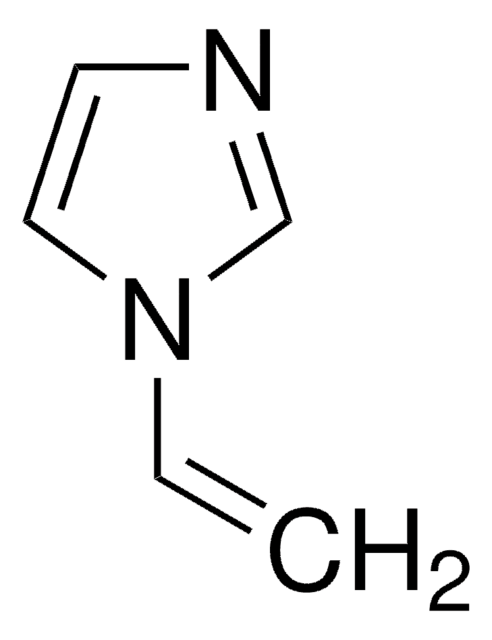96566
1-Propanol
analytical standard
Sinónimos:
Alcohol propílico
About This Item
Productos recomendados
grade
analytical standard
Quality Level
vapor density
2.1 (vs air)
vapor pressure
10 mmHg ( 147 °C)
14.9 mmHg ( 20 °C)
assay
≥99.9% (GC)
autoignition temp.
700 °F
shelf life
limited shelf life, expiry date on the label
expl. lim.
13.7 %
technique(s)
HPLC: suitable
gas chromatography (GC): suitable
refractive index
n20/D 1.384 (lit.)
n20/D 1.385
bp
97 °C (lit.)
mp
−127 °C (lit.)
density
0.804 g/mL at 25 °C (lit.)
application(s)
cleaning products
cosmetics
environmental
flavors and fragrances
food and beverages
personal care
format
neat
SMILES string
CCCO
InChI
1S/C3H8O/c1-2-3-4/h4H,2-3H2,1H3
InChI key
BDERNNFJNOPAEC-UHFFFAOYSA-N
¿Está buscando productos similares? Visita Guía de comparación de productos
General description
Application
- Determination of acetaldehyde, methanol, and higher alcohols in different liquor samples by headspace gas chromatography (HS-GC) method coupled with flame ionization detector (FID)
- Identification of major odorants in chixiang aroma-type liquor using gas chromatography-olfactometry and further determination of the alcoholic odorants by GC-FID
- Analysis of 56 illegal alcohol samples to detect the presence of methanol and its derivatives gas chromatography-mass spectrometry (GC-MS)
- Detection and quantification of volatile organic compounds (VOCs) in 75 liquor samples by gas chromatography combined with mass spectrometry (GC-MS)
- Qualitative and quantitative analysis of 10 volatile organic compounds from different chemical classes in potable whey-based spirits during different stages of distillation
Other Notes
signalword
Danger
hcodes
Hazard Classifications
Eye Dam. 1 - Flam. Liq. 2 - STOT SE 3
target_organs
Central nervous system
Storage Class
3 - Flammable liquids
wgk_germany
WGK 1
flash_point_f
71.6 °F - closed cup
flash_point_c
22 °C - closed cup
ppe
Eyeshields, Faceshields, Gloves, type ABEK (EN14387) respirator filter
Choose from one of the most recent versions:
¿Ya tiene este producto?
Encuentre la documentación para los productos que ha comprado recientemente en la Biblioteca de documentos.
Artículos
The Utility of Headspace Grade Solvents for the Analysis of Organic Volatile Impurities
Butyl methyl ether; Acetic acid; 2-Butanone; Ethyl acetate; Tetrahydrofuran; 1-Butanol; Isopropyl acetate; Heptane; Propyl acetate; 3-Methylbutanol; 4-Methyl-2-pentanone; Isobutyl acetate; Butyl acetate; Dimethyl sulfoxide; Anisole; Cumene
Protocolos
-Butanol; 2-Methyl-2-butanol; 2-Methyl-1-butanol; 3-Pentanol; 1-Butanol; 2-Methyl-1-propanol; 2-Pentanol, 98%; 3-Methyl-1-butanol; 1-Propanol
Separation of Acetone; Acetic acid; Propionic acid; Ethyl butyrate; Ethanol; Isoamyl acetate; Isobutyric acid; 3-Methyl-2-butanol; Methyl acetate; 1-Propanol; Acetal, ≥98%, FG; 2-Methyl-1-pentanol; Butyl acetate; Ethyl propionate; 3-Pentanol; 2-Pentanol, 98%; Ethyl isobutyrate; Isobutyl acetate; Acetaldehyde; Furfural; Butyric acid; Methanol; Ethyl acetate
GC Analysis of Class 3 Residual Solvents on SUPELCOWAX® 10
Nuestro equipo de científicos tiene experiencia en todas las áreas de investigación: Ciencias de la vida, Ciencia de los materiales, Síntesis química, Cromatografía, Analítica y muchas otras.
Póngase en contacto con el Servicio técnico







